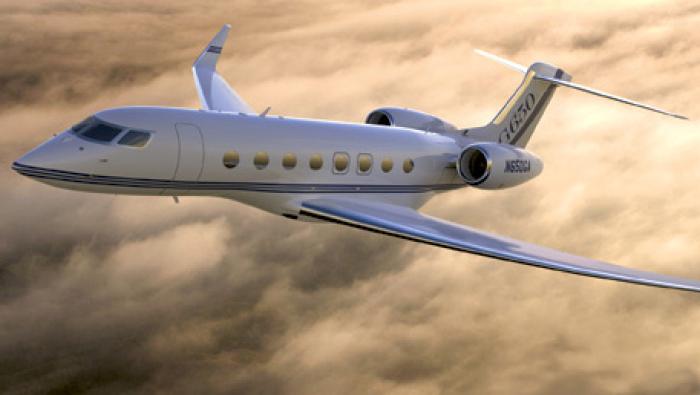Competition in the F-16 upgrade market is heating up, with Boeing joining BAE Systems in challenging Lockheed Martin’s dominance as OEM. Boeing is touting the experience it gained recently in converting F-16s to unmanned drones for the U.S. Air Force. BAE Systems continues to emphasize its 270-aircraft upgrade for the U.S. National Guard, as a basis for securing international work.
“Each customer’s need for F-16 upgrade work is different; there is not a stock solution. They need choice and competition,” said Floyd McConnell, vice president for integrated aviation solutions at BAE Systems. Speaking at the Farnborough show, he said that the needs could be divided into four categories: evolving threats, avionics modernization, obsolescence management and long-term support. BAE Systems’ new commercial fire control computer (CFCC) is the glue that could bind the various parts of the F-16’s mission systems, said McConnell. He added that BAE Systems is agnostic regarding the rival merits of the new AESA radars that Northrop Grumman and Raytheon have proposed for the Fighting Falcon.
Boeing vice president global solutions Torbjorn Sjogren said that his company “is talking to various customers about their F-16 fleets, including international.” The first of six QF-16s Boeing is converting to unmanned configuration flew last May. Boeing beat Lockheed Martin to win the $132 million engineering manufacturing and development contract for the QF-16, which could lead to production of many more conversions. Sjogren said that Boeing had reverse-engineered the work using its own 3-D models, since it did not have access to the full OEM technical data. In so doing, “we learned a lot about the F-16,” he said.







